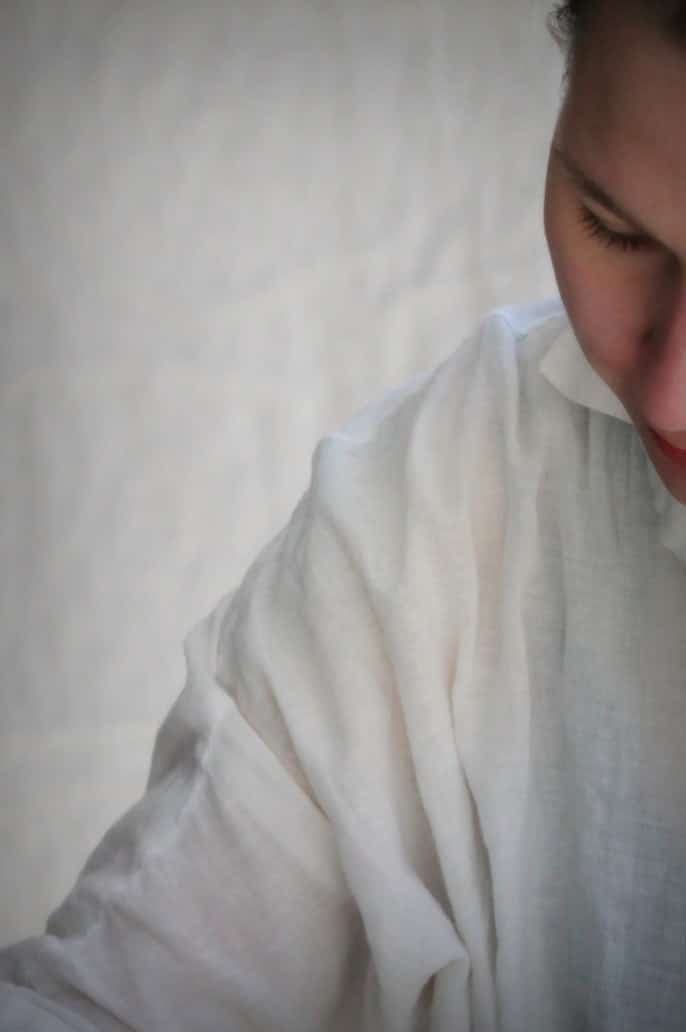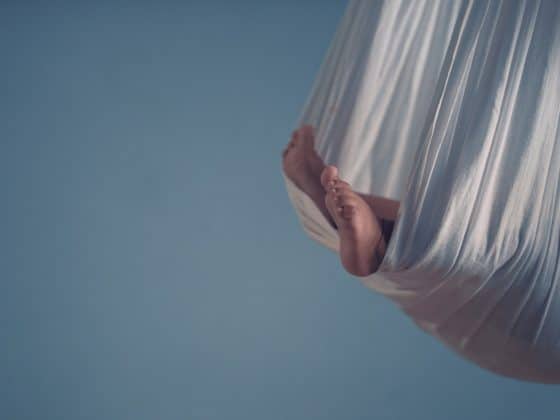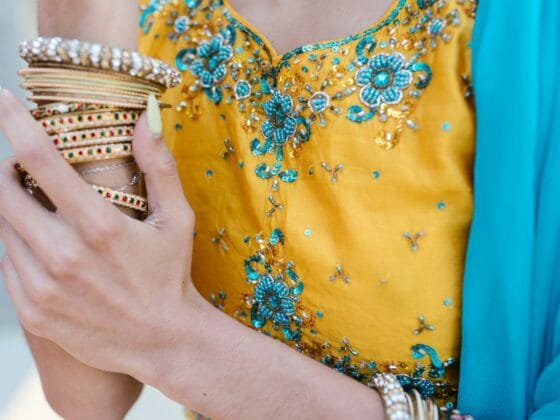The etymology of modal comes from Latin “modus,” meaning “measure” or “method.” Modal was initially used in reference to sheeting made with 100% cotton, but the term has since come to define many fabrics blends of cotton and rayon.
Modal is a fast-growing type of fabric used in various kinds of clothes like t-shirts, shirts, and many more. This fabric has the unique feature of being moisture-wicking. It absorbs the sweat from your body quickly after any physical activity, keeping you cool and dry.
Modal fabric offers you the feeling of natural silk with high durability and smoothness. It is also wrinkle-free, easy to wash and keeps vivacious colors. There are different types of modal fabrics available with different percentages of modal content in them. These percentages vary from one producer or company to another depending upon their products range. The modal fabric with high content the modal is softer and lighter.
There are different types of modal fabrics in a variety of colors and designs. These fabrics can be used for all seasons because they give comfort in any climate.
Find out What is Bonded Fabric? And What you Can Make with It
Table of Contents
What is modal fabric made of?
Modal fabric is a type of rayon that comes from beech trees, grown mainly in Europe. After the trees are cut down they’re processed into pulp or chips before being turned into fibers. The next step involves heat treating these chips so they can be broken down into smaller pieces during the spinning process.
Modal fabric pros and cons
Modal fabric is created through an environmentally friendly process. The modal fabric uses less water than other fabrics, making it more eco-friendly. It is three times stronger than cotton and very soft, making it comfortable against the skin. The modal fabric can absorb moisture five times its weight without feeling wet to the skin, keeping the wearer dryer in hot weather or during sports activities.
Modal fabric is a type of rayon that has not been chemically treated to give it its permanent crease-resistant finish. The fibers of modal rayon are finer and softer than those that constitute other types of natural cellulose, such as cotton. Modal fabric often appears shiny because light reflects from the smooth, lustrous surface of the fiber.
It has high strength and good resilience, making it less likely to wear out or lose its shape during washing. These qualities make it an excellent choice for activewear clothing such as yoga pants and workout tops. The fabric allows you to move freely without any restrictions while retaining its shape over time.
As with all fabrics, there are some disadvantages associated with modal fabric. This material tends to shrink when exposed to hot water, so it is best to use cold water when washing it. Similarly, the material should be left to drip dry instead of being exposed to heat from a dryer. Modal fabric tends to pill due to abrasion with rough surfaces that snag the soft fibers of the fabric.
However, the abrasion tends to have less of an effect on modal fabric than other natural cellulose fibers because it is stronger and more resilient. For this reason, some manufacturers pair modal with cotton to enhance the life of the garment by adding durability while maintaining comfort. This combination has created a new kind of fabric known as Modal-Cotton blend, which can be machine washed according to its care label instructions.
Is Modal better than cotton?
Modal fabric is a cotton derivative. It has many of the qualities associated with cotton, but it does not contain lint for those allergic to it. Many people use modal fabric for clothing and other household items (including bedding and towels), and its ability to resist wrinkling makes it ideal for travel.
The modal fabric is made from beech wood processed by chemicals. It has the same feel as cotton but has more purity and softness than cotton. It also looks like silk, but unlike silk – it’s shiny too! The modal fabric is very good for skin absorption of nutrients, so it is used in medical materials, sportswear etc… It has moisture-wicking properties which help to maintain your temperature. Thanks to its high breathability, the modal fabric absorbs humidity well while blocking against demic vapors (sweat)! The perfect fabric with both anti-bacterial and deodorizing properties! I
The modal fabric also discharges your static electricity – so you won’t get shocked when putting on or taking off your clothes! Modal fabric is easy to dye and can be easily processed in various colors.
Is modal fabric breathable?
Yes! In addition to being soft and comfortable against the skin, modal is also known for its breathability, which makes it a popular choice for loungewear and underwear in the spring and summer months when we want our clothes to feel cool and dry.
Do you know What is Polyamide Fabric?
Modal fabric vs polyester?
Modal fabric is made from the pulp of beech trees, whereas polyester is an artificial fiber often derived from petroleum or natural gas products.
Modal fabric is an absorbent, strong, and highly moisture-wicking fabric that can pucker if not washed correctly. Polyester is cheap to produce and does not naturally absorb moisture or breathe well, making it great for manufacturing clothing with outer layers impervious to water (like raincoats), but terrible when making underwear – because nobody wants to run around feeling clammy in their undies!
Polyester tends to pill over time; modal doesn’t pill as much. Modal fabrics are typically more expensive than their polyester counterparts because they are more difficult to manufacture—and since modal has been proven to last longer, it is a good investment nonetheless.
Is modal fabric good quality?
People are always asking this question, but the problem is that there are two definitions of quality when it comes to fabric.
Quality in terms of looks (fabric looking good) and durability (how long the fabric will last). Most times these qualities do not go hand in hand with each other.
If you buy only one piece of modal fabric you’ll be surprised by how many items can be created from it
Look
The first thing that you’ll notice about modal fabric is that it’s soft and smooth to the touch. This kind of fabric has a luxurious feel and can be used to create everything from sleepwear, underwear, loungewear, swimwear, and dresses. The good news is that modal fabric can also be easily hand-washed to keep its quality high throughout the years.
Durability
Quality in terms of how long the fabric will last depends on how well you take care of it. Even though modal materials are durable, they need to be cared for properly so your investment won’t go down the drain. A quick trick is never to put your clothes made from this fabric in the dryer because they will shrink. Instead, lay them flat on a towel to allow for natural air drying. Another thing that you should do if you want your modal fabric to last is to check the labels before you buy any clothes made from it and go for the ones labeled as ‘dry clean only.
Modal fabric alternative – Viscose
The increased demand for modal fabrics worldwide has led some manufacturers to embark on extensive research programs in an effort to replicate the unique properties of the modal fabric using less costly and more sustainable materials. This has yielded several viable alternatives to traditional modal fabrics.
One such alternative is viscose, which is typically made from regenerated cellulose fibers derived from dissolving pulp from wood or cotton, bamboo, grasses, or other natural cellulose fiber sources. In some cases, it may also be produced from recycled plastics such as soda bottles and grocery bags. Viscose’s resemblance to genuine modal fabric varies widely depending on where it is manufactured and how high quality the final product is.











